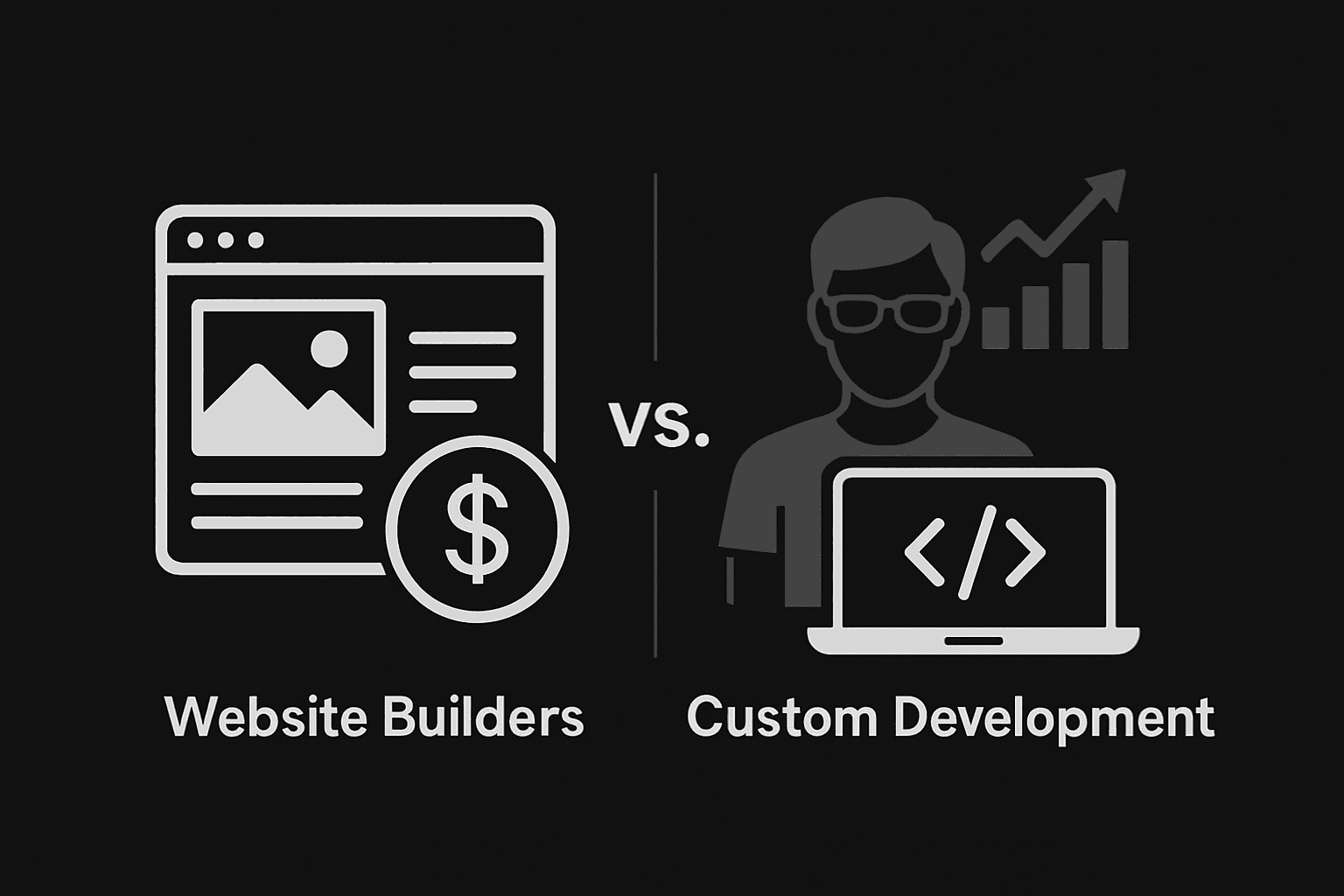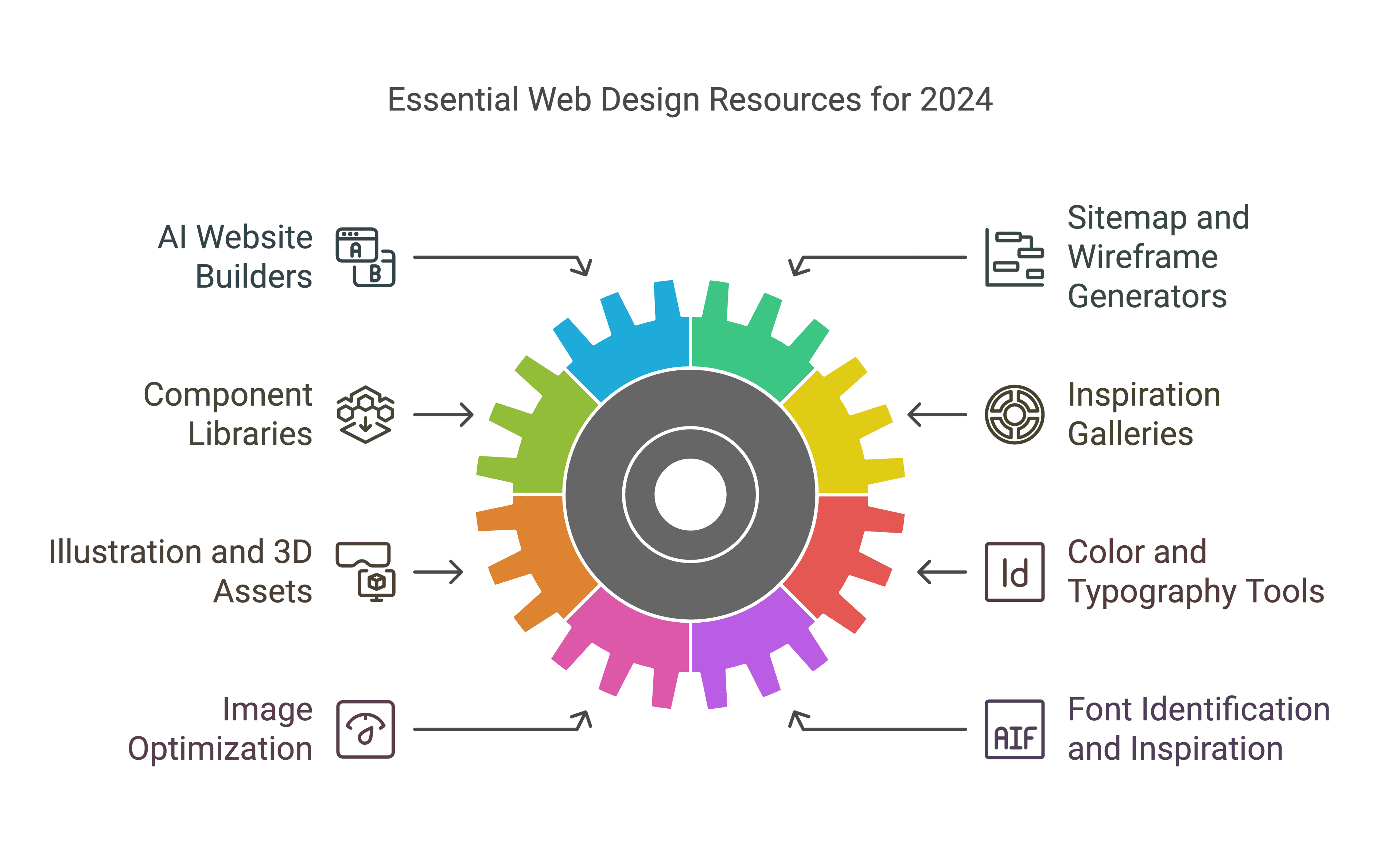
Ken Kariuki
Shiftpulse Marketers
The ShiftPulse Blueprint: Designing for Delight: UX Principles for Unforgettable Kenyan Websites

TL;DR: Kenyan businesses must prioritize user experience (UX) design, ensuring websites are intuitive, visually appealing, accessible, and optimized for fast mobile performance. Success requires clear navigation, smart visual hierarchy, inclusive accessibility features, and localized design strategies. ShiftPulse Digital helps brands craft high-impact websites tailored for Kenya’s digital market.
A website is often the first impression a potential customer has of your business1. In Kenya's rapidly evolving technological landscape, where mobile internet usage is prevalent, ensuring an exceptional user experience (UX) is paramount to success. This means creating websites that are not only visually appealing but also easy to navigate, accessible to all, and optimized for fast loading times. However, UX design is more than just usability; it encompasses the user's emotions, their time spent on the site, and how well the site facilitates their activities. At ShiftPulse Digital Marketing, we understand the nuances of the Kenyan market and have developed a blueprint for designing unforgettable websites that captivate users and drive conversions.
We analyzed UX best practices, researched accessibility guidelines specific to Kenya, delved into storytelling and brand narrative techniques, and explored website speed optimization strategies. This research has informed the key principles outlined in this article.
Intuitive Navigation & Information Architecture
Effective website navigation is crucial for a positive user experience. When visitors can easily find what they're looking for, they are more likely to stay engaged and explore further. In the context of Kenyan websites, where users may have varying levels of digital literacy, intuitive navigation is even more critical1. It's also important to remember that Kenyan users represent a diverse group with varying interests, needs, and levels of technological access3. Designing with this diversity in mind is essential for creating truly inclusive and user-friendly experiences.
Here's how to achieve intuitive navigation and information architecture:
- Clear and Concise Language: Use familiar terms that resonate with your target audience. Avoid jargon or technical language that may confuse users1.
- Logical Site Structure: Organize your website in a way that makes sense to users. Group related content together and use a clear hierarchy of headings and subheadings1.
- Effective Search Functionality: Implement a robust search bar that allows users to quickly find specific information. Consider using type-ahead suggestions to guide users and improve search accuracy1.
- Mobile-First Approach: With the majority of Kenyan users accessing the internet via mobile devices, prioritize a mobile-first design approach. Ensure your website is responsive and adapts seamlessly to different screen sizes4.
- Breadcrumbs: Implement breadcrumbs to help users understand their location within the website and easily navigate back to previous pages1.
Visual Hierarchy and Design Principles
Visual hierarchy refers to the arrangement of elements on a page to guide the user's eye and emphasize important information. Effective use of visual hierarchy can significantly improve readability and user engagement. Simplicity and consistency in design are also crucial for ensuring a positive user experience6. When a website is easy to understand and navigate, users can quickly find what they need and achieve their goals, leading to higher satisfaction and lower abandonment rates.
Consider these design principles:
- Contrast and Color: Use contrasting colors to highlight key elements and guide users through the website. Ensure sufficient color contrast for accessibility, especially for users with visual impairments. For example, use a dark-colored font on a light background or vice versa7.
- Whitespace: Don't overcrowd your pages. Use whitespace strategically to create visual breathing room and improve readability. For instance, add ample spacing between paragraphs and headings to make the content easier to scan5.
- Typography: Choose fonts that are easy to read and reflect your brand's personality. Use different font sizes and weights to create visual hierarchy and emphasize important information. For example, use a larger font size for headings and a smaller font size for body text1.
- Visual Cues: Use visual cues such as arrows, icons, and animations to guide users and direct their attention to important elements. For instance, use an arrow to point to a call-to-action button or an icon to represent a specific feature.
- Consistency: Maintain a consistent visual style throughout your website. This includes using the same color scheme, fonts, and layout across all pages. This creates a sense of familiarity and reinforces brand recognition1.
By applying these principles thoughtfully, you can create a visually appealing and user-friendly website that guides users seamlessly through their online journey.
Accessibility Considerations for Kenyan Websites
Accessibility means designing websites that can be used by everyone, regardless of their abilities. In Kenya, where access to assistive technologies may be limited, ensuring website accessibility is crucial for inclusivity. Research has shown that while there is a positive trend in accessibility compliance among Kenyan government websites, most sites still have an average level of accessibility. This highlights the need for continued focus on improving website accessibility for all users.
Furthermore, it's important to consider the specific challenges faced by users in Kenya, such as poor network connections, outdated smartphones, and bright sunlight. These factors can significantly hinder accessibility, especially for users with disabilities. Designing websites that are lightweight, adaptable to different devices, and easily readable in varying lighting conditions is essential for ensuring inclusivity.
Here are some key accessibility considerations:
Here are some essential accessibility features to implement to make your website inclusive:
- Keyboard Navigation:
- Implementation Example: Ensure all interactive elements (buttons, links, forms, menus) can be accessed and operated using the Tab key and Enter/Spacebar keys alone. Users should be able to navigate your entire site without relying on a mouse.
- Alternative Text for Images (Alt Text):
- Implementation Example: Provide descriptive alt text for all images. This allows users with visual impairments to understand the content of images through screen readers. Be specific and contextual, not just "image" or "picture".
- Captions and Transcripts for Multimedia:
- Implementation Example: Include captions for all videos and transcripts for all audio content. This makes your multimedia accessible to users with hearing impairments and also benefits users in noisy environments or those who prefer to read content.
- Color Contrast:
- Implementation Example: Ensure sufficient color contrast between text and background. This is crucial for readability, especially for users with low vision or color blindness. Use tools like the WebAIM Contrast Checker to verify compliance with WCAG (Web Content Accessibility Guidelines) standards. Aim for at least a 4.5:1 contrast ratio for normal text and 3:1 for large text.
- Simple and Clear Language:
- Implementation Example: Use clear and concise language throughout your website content. Avoid jargon, overly complex sentence structures, and technical terms that might be difficult for some users to understand. Plain language benefits everyone, including those with cognitive disabilities and non-native speakers.
Common Accessibility Issues to Avoid:
These are some frequent accessibility mistakes that can significantly hinder user experience:
- Lack of Keyboard Access: Failing to make all interactive elements navigable and operable using only the keyboard. This makes your site unusable for people who cannot use a mouse.
- Missing Visible Focus Indicators: Not providing clear visual cues (like outlines or highlights) to indicate which element has keyboard focus. Users need to easily see where they are on the page as they navigate with the keyboard.
- Insufficient Color Contrast: Using color combinations that don't provide enough contrast between text and background. This makes text difficult or impossible to read for users with low vision or color blindness.
By adhering to accessibility guidelines such as the Web Content Accessibility Guidelines (WCAG), you can create websites that are inclusive and usable by everyone10.
Storytelling & Brand Narrative
Storytelling is a powerful tool for connecting with your audience on an emotional level and building brand loyalty. In Kenya, where oral traditions are deeply rooted in the culture, storytelling can be particularly effective in capturing attention and conveying your brand's message11. However, it's important to remember that in brand storytelling, the customer is the hero, and the business is the guide12. This user-centric approach is crucial for creating narratives that resonate with Kenyan audiences.
To further enhance your storytelling, consider incorporating figures of speech like metaphors and analogies. These literary devices can make your brand narratives more memorable and impactful by creating vivid mental images and associations. For example, you could describe your brand as a "bridge" connecting customers to their goals or a "shield" protecting them from financial insecurity.
Building a strong brand also requires a robust communication plan and active engagement with competitors. This includes consistent messaging across different platforms, participating in industry discussions, and establishing your brand as a thought leader in the Kenyan market.
Here's how to leverage storytelling:
- Know Your Audience: Understand the cultural values, beliefs, and aspirations of your target audience. Tailor your stories to resonate with their experiences and emotions.
- Create Relatable Characters: Develop characters that your audience can identify with. This could be through their personalities, challenges, or aspirations.
- Highlight User Benefits: Focus on how your product or service can solve problems and improve the lives of your customers. Use storytelling to illustrate these benefits in a compelling way.
- Use Authentic Language: Speak in a voice that is genuine and reflects your brand's personality. Avoid overly promotional language or jargon.
- Incorporate Visuals: Use images and videos to enhance your storytelling and bring your narratives to life.
By weaving compelling narratives into your website content, you can create an unforgettable experience that resonates with Kenyan users and fosters brand loyalty.
Fast Loading Times
While engaging content and intuitive navigation are crucial, it's equally important to ensure that users can access this content quickly and easily. In Kenya, where internet speeds may vary and data costs can be high, website speed is a critical factor in user experience. Slow-loading websites can lead to frustration, high bounce rates, and lost conversions In fact, studies have shown that a 1-second delay in page load time can lead to a 7% reduction in conversions17. This highlights the significant impact of website speed on business outcomes.
Optimizing your website for fast loading times is essential, especially for repeat visitors who can benefit from efficient browser caching18. By storing certain website files locally, users' browsers can significantly reduce loading times on subsequent visits, creating a seamless and enjoyable browsing experience.
Here are some optimization techniques:
- Optimize Images: Compress images to reduce their file size without compromising quality. Use appropriate image formats (JPEG for photos, PNG for graphics) and resize images to the dimensions they will be displayed at16.
- Minify Code: Remove unnecessary characters from HTML, CSS, and JavaScript files to reduce their size and improve loading times.
- Use a Content Delivery Network (CDN): A CDN stores copies of your website's content on servers around the world, allowing users to access it from the server closest to their location. This reduces latency and improves loading times.
- Enable Browser Caching: Browser caching allows users' browsers to store certain website files locally, so they don't have to be downloaded every time they visit the site. This speeds up loading times for repeat visitors.
- Reduce Redirects: Minimize the number of redirects on your website, as each redirect adds extra time to the loading process.
By implementing these speed optimization techniques, you can ensure that your website loads quickly and provides a seamless experience for Kenyan users.
Conclusion
Designing unforgettable websites for Kenyan audiences requires a deep understanding of the local context and user preferences. This includes recognizing the diversity of Kenyan users, their varying levels of digital literacy, and the challenges they may face due to limited access to technology or inconsistent internet connectivity. By prioritizing intuitive navigation, clear visual hierarchy, accessibility for all, compelling storytelling, and fast loading times, you can create websites that captivate users, build brand loyalty, and drive conversions.
Each of these principles plays a crucial role in shaping the overall user experience. Intuitive navigation ensures that users can easily find what they need, while clear visual hierarchy guides their attention and emphasizes important information. Accessibility features make the website usable by everyone, regardless of their abilities, and storytelling creates an emotional connection with users, fostering brand loyalty. Finally, fast loading times ensure a seamless and enjoyable browsing experience, especially in a context where internet speeds may vary.
At ShiftPulse Digital Marketing, we are passionate about helping businesses in Kenya succeed in the digital world. We have a proven track record of designing high-performing websites that deliver exceptional user experiences. Contact us today to learn more about how we can help you create a website that truly delights your users and achieves your business goals.














